The McRib isn’t just a sandwich—it’s a phenomenon. Whether you love it, hate it, or obsessively track its limited-time returns, there’s no denying its legendary status in the fast-food world. But behind that boneless, barbecue-slathered patty lies a story far juicier than you’d expect. From military-inspired meat tech to viral blues songs and international fanfare, the McRib has racked up a cult following and a fascinating past. If you thought it was just a quirky seasonal menu item, think again. These 12 surprising McRib facts might just change the way you see this smoky icon—especially the last one.
1. Born in 1981
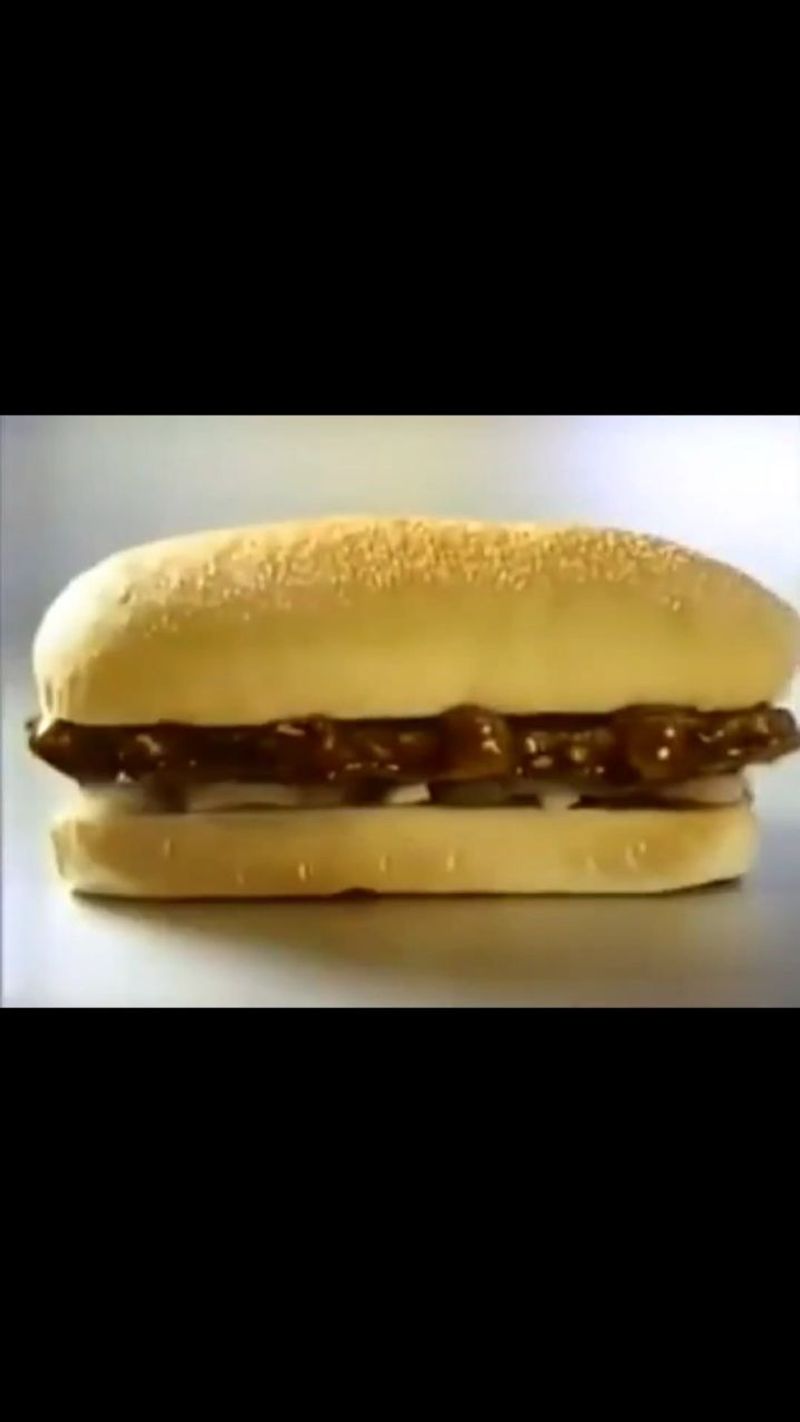
The legendary McRib first appeared on McDonald’s menus in 1981, marking a bold move into pork-based fast food. McDonald’s executives wanted something unique to stand alongside their beef and chicken offerings.
Executive Chef René Arend, the same culinary mind behind Chicken McNuggets, developed this tangy barbecue creation. The sandwich quickly gained attention for its unusual boneless rib shape and sweet sauce.
Few customers realize this sandwich is now over 40 years old, making it one of the longest-running specialty items in fast food history.
2. Chicken Shortage Emergency Plan

Necessity truly is the mother of invention. After Chicken McNuggets became an overnight sensation in the early 1980s, McDonald’s faced an unexpected problem: suppliers couldn’t keep up with the massive chicken demand.
The company needed a non-chicken protein option fast. Their solution? The McRib was rushed into development as a strategic alternative while chicken suppliers scrambled to increase production.
What began as a supply chain contingency plan eventually developed its own cult following, proving that sometimes the best innovations come from unexpected challenges.
3. Charity Sauce For Sale
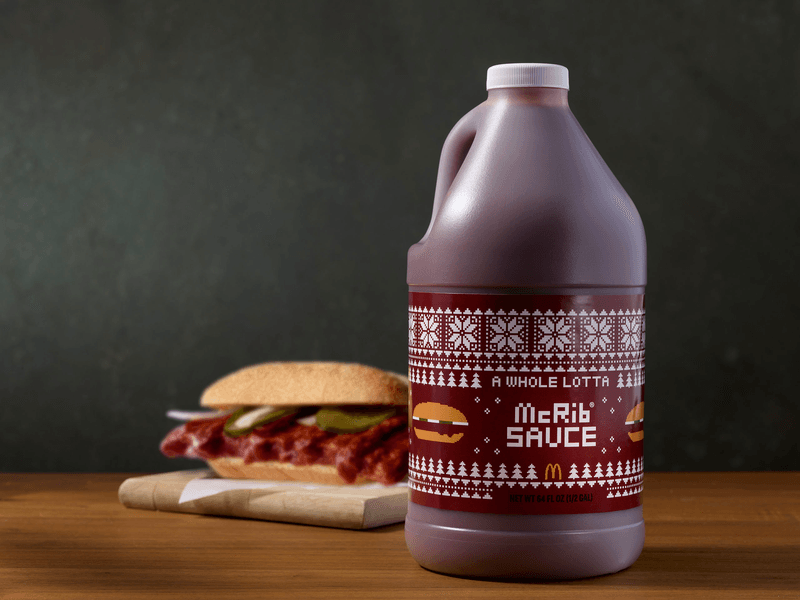
In an unprecedented move for the secretive fast food giant, McDonald’s bottled its coveted McRib sauce for charity in 2024. The company sold jugs of the tangy barbecue concoction for $19.99 each, with proceeds supporting the Ronald McDonald House Charities.
Fans who had spent decades trying to replicate the sauce at home finally had access to the real thing. The limited-edition bottles sold out within hours of their release.
This marked the first time McDonald’s had ever commercially bottled the proprietary sauce, making it a collector’s item among fast food memorabilia enthusiasts.
4. Blues Anthem Goes Viral
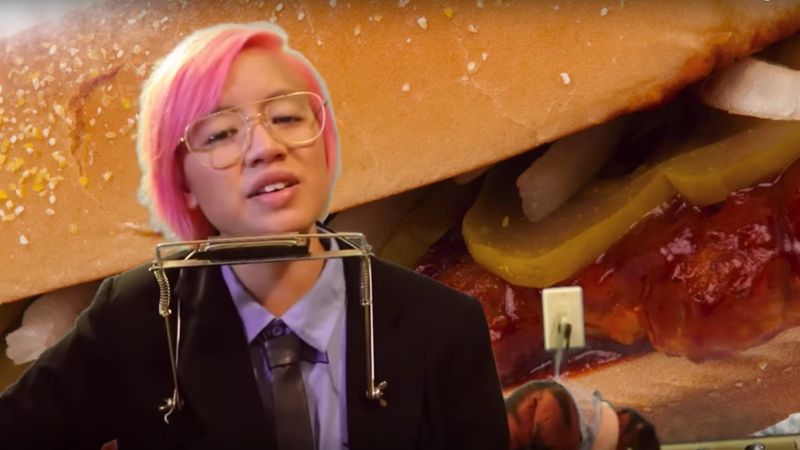
The passion for this sandwich reached musical heights when an unknown blues musician recorded “The McRib Blues” during a limited-time return.
The soulful lament about the sandwich’s fleeting availability struck a chord with fans worldwide. The video featured the singer clutching a McRib while belting emotional lyrics about his fear of the sandwich disappearing again.
Within days, the clip amassed millions of views across social platforms. McDonald’s marketing team embraced the viral sensation, eventually featuring the song in regional advertisements during subsequent McRib promotions, cementing its place in fast food folklore.
5. Once A Menu Staple
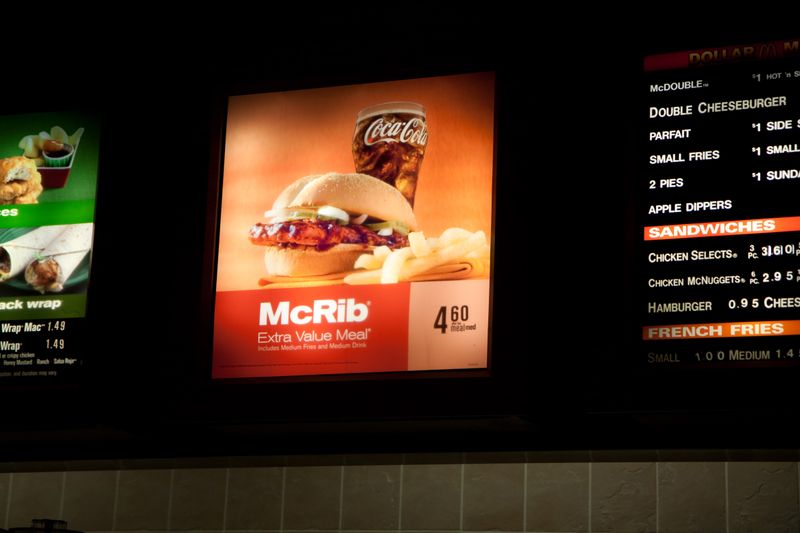
Contrary to its current limited-time status, the McRib was actually a permanent fixture on American McDonald’s menus throughout most of the 1980s.
For nearly a decade, customers could satisfy their barbecue sandwich cravings any day of the year. Sales gradually declined as the novelty wore off, leading to its removal from the permanent lineup in the early 1990s.
This decision inadvertently created the scarcity that would later fuel its cult status. Many longtime McDonald’s customers still remember the days when ordering a McRib required no special timing or tracking apps.
6. European McRib Paradise
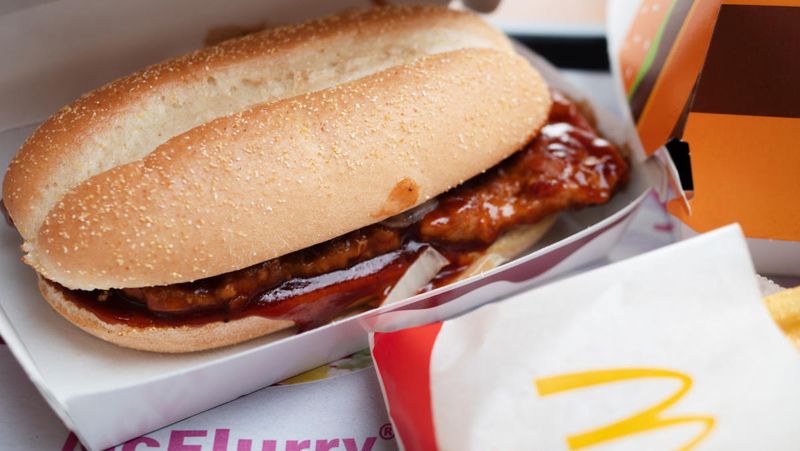
While Americans anxiously await McRib season each year, residents of Germany and Luxembourg enjoy the sandwich 365 days a year.
These two European countries have maintained the McRib as a permanent menu staple for decades. German McDonald’s locations even feature unique regional variations, including a curry-spiced version that’s unavailable elsewhere.
The sandwich’s popularity in these markets never waned like it did in the United States. American McRib enthusiasts have been known to plan European vacations specifically to visit these locations, creating an unusual form of fast food tourism.
7. Strategic Scarcity Marketing
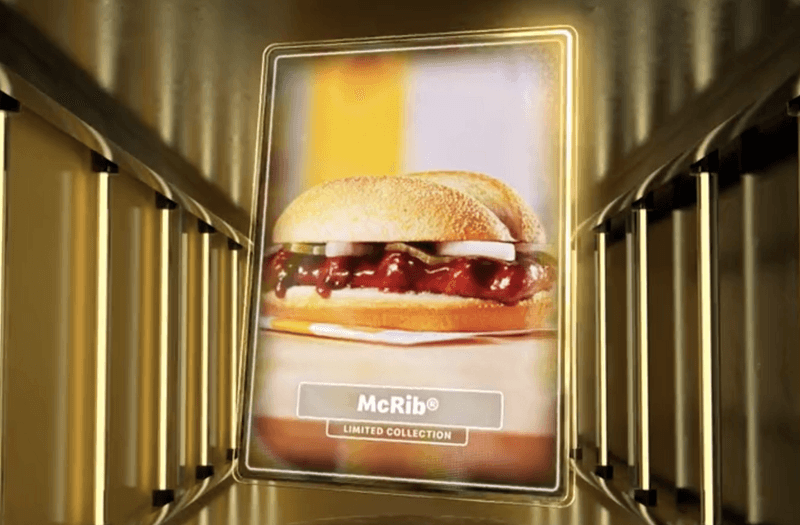
McDonald’s deliberately keeps the McRib as a limited-time offering in the United States as part of a brilliant marketing strategy. By making the sandwich periodically unavailable, they create artificial scarcity that drives demand through the roof.
Each McRib return generates media coverage worth millions in free advertising. Financial analysts have observed that McDonald’s stock price often gets a small bump during McRib promotions.
Internal company documents reveal that a McRib release can increase store traffic by up to 40% during the first week, proving that sometimes making something harder to get actually makes it more valuable.
8. Fan-Created Tracking System

McRib devotees created something extraordinary in 2008 – an online tracking system to locate the elusive sandwich during limited releases.
The McRib Locator website allows fans to report sightings and find nearby restaurants serving their beloved sandwich. This crowd-sourced tool operates independently of McDonald’s, showcasing the dedication of the fan community.
During peak McRib season, the site receives thousands of daily submissions from across the country. McDonald’s executives have acknowledged the tracker, calling it “a testament to the passionate community that has formed around our limited-time offering.”
9. Simpson’s Parody Fame
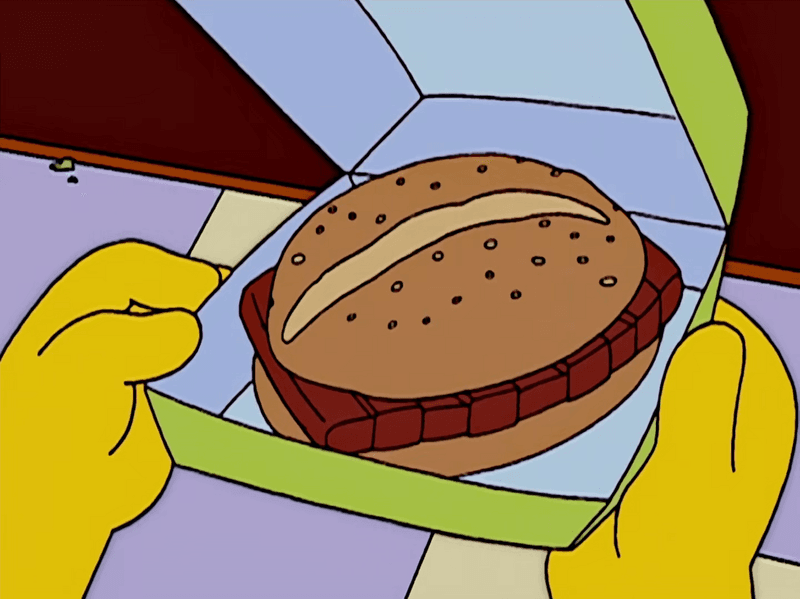
The McRib achieved cartoon immortality when The Simpsons parodied it as the “Ribwich” in a 2003 episode. Homer becomes addicted to the limited-time sandwich, following it from town to town after it’s discontinued at his local Krusty Burger.
The episode brilliantly captured the real-world frenzy surrounding the McRib, with Homer joining a group of “Ribheads” who follow the sandwich across the country.
McDonald’s executives reportedly loved the parody, seeing it as confirmation of their product’s cultural impact. Many fans now use “Ribwich” as an affectionate nickname for the real sandwich.
10. Cult Following Phenomenon
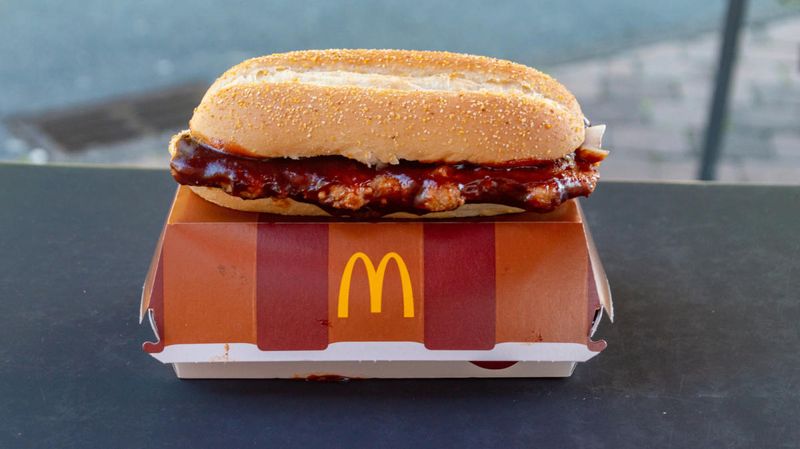
Few fast food items inspire the level of devotion that the McRib commands. Dedicated fans have been known to drive hundreds of miles when the sandwich returns to menus, creating a phenomenon McDonald’s never anticipated.
Social media groups dedicated to McRib appreciation boast tens of thousands of members who share sighting locations, homemade recipes, and even McRib-themed artwork. Some superfans document their annual first McRib with elaborate photoshoots.
Behavioral economists have studied this phenomenon, noting that the sandwich’s elusiveness creates an emotional connection that permanent menu items rarely achieve.
11. Southern Barbecue Inspiration
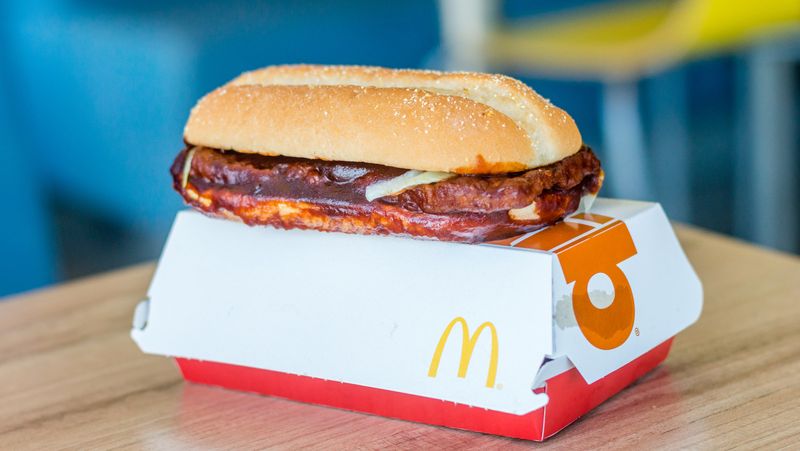
The McRib’s flavor profile wasn’t conjured in a corporate test kitchen – it was inspired by authentic Southern cuisine. McDonald’s first executive chef, René Arend, discovered pulled pork sandwiches during a culinary research trip to Charleston, South Carolina.
Captivated by the tangy, smoky flavors of traditional Carolina barbecue, Arend set out to create a fast-food interpretation.
He worked with food scientists to develop a sauce that captured the essence of Southern barbecue while meeting McDonald’s strict consistency requirements. The original recipe underwent dozens of iterations before achieving the perfect balance of sweet, tangy, and smoky notes.
12. Military Food Technology Origins
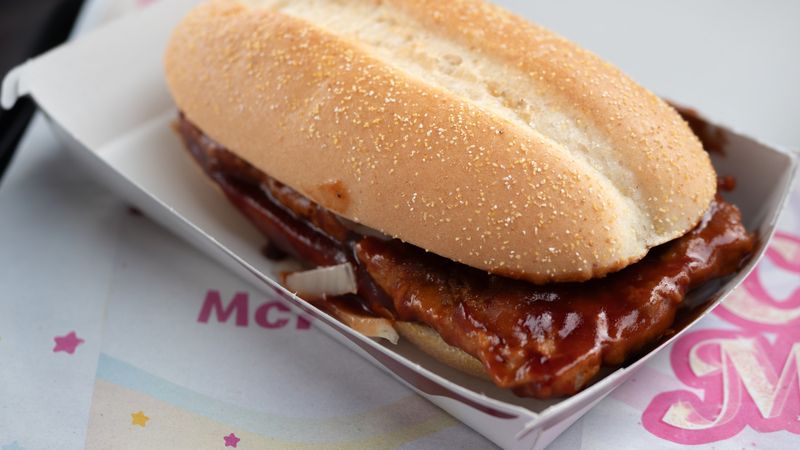
The McRib’s distinctive shape comes directly from military food innovation. The sandwich utilizes meat restructuring technology developed by the U.S. Army to create uniform, boneless portions from irregular meat cuts.
This technology was originally designed to feed troops efficiently in the field. Scientists figured out how to bind meat particles together using salt and proteins, creating shapes that could be consistently produced anywhere in the world.
McDonald’s adapted this military-grade food science for commercial use, creating the iconic rib-shaped patty that, despite its appearance, contains no actual rib bones.
Leave a comment